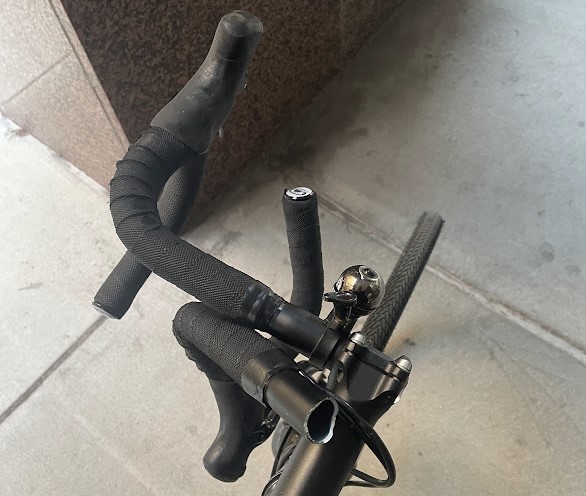This is a reasonable question, but unfortunately a precise inspection and maintenance schedule isn't something that can be provided for bicycles. Additionally, cycling doesn’t have the infrastructure to do non-destructive inspections with things like ultrasound - apart from carbon fiber repair shops, if these are carbon handlebars. Aviation does this, but aircraft are many times faster and heavier than bicycles, and they often carry many passengers or valuable cargo, so the consequences of failure are much more dire - hence, they work this stuff out.
One first principle is to never exceed the recommended handlebar torque. For example, I think that Ritchey (just as an example) specifies no more than 5 Nm. This isn't that much torque, and it is easy to exceed if you're going without a torque wrench. However, if it's a cheaper part, there may not be a recommended torque - although it's also likely to be heavier, and thus less likely to break (barring manufacturing defects). 5 Nm is probably a decent starting place if there is no torque spec. If the handlebar slips when you try to press it down, you could incrementally raise the torque, say to 6 Nm, and re-test. Same principle with the shifter clamps.*
You can periodically take the handlebar out and inspect it for any visible damage. When you are changing cables plus bar tape would be a convenient time. That said, not all damage is visible, and this is not only true of carbon fiber. You can also try to monitor for any changes in how the bar feels, e.g. is there new creaking when you are riding, especially out of the saddle. This does require some awareness of how your bicycle behaves and sounds, however.
Additionally, if you crash, or even if your bike just falls over at a coffee shop, you should increase your vigilance, at least a bit. Falls like this are known to be able to damage carbon fiber components, and to cause failure later on. I would do the same if you had lightweight aluminum bars. For heavier bars, you can probably be less vigilant.
I don't know if many cyclists replace their handlebars regularly. I see that on some MTB forums, some posters say they pre-emptively replace their handlebars every few (e.g. 3) years. However, the bike is under more stress in this scenario. In any case, if your stem wasn't torqued too tight, it's probable that manufacturing error was the cause of your bars failing.
Note: I have a vintage-style single-bolt steel stem. It's custom, and it didn't come with a torque spec, and neither did my handlebars. My handlebar will slip at 5 Nm. I think I have it around 7-8 Nm. Stems with 2 or 4 bolts should require less torque.


